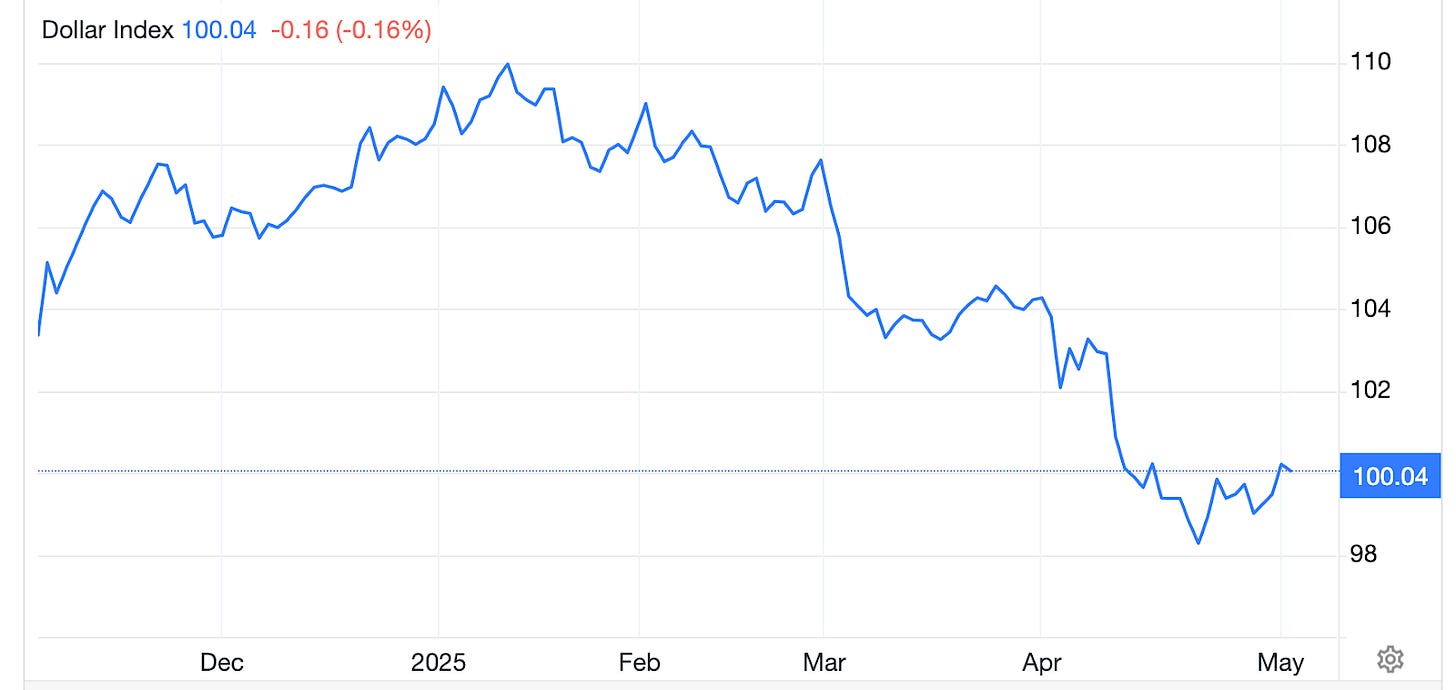Solar is bullshit!
Those were the words that fell from the mouth of a “grumpy old man” who decided to rudely interrupt me during my 2006 presentation on investment opportunities in solar.
To be fair, this was at an investment conference called the Money Show, which tended to attract this type of person: older, angry, bitter, not particularly wealthy, and totally fine with treating the planet like a toilet. A real Luddite mentality, to be honest, although it seemed to stem more from political leanings than actual fear of technology.
Still, despite my lack of interest in dealing with people like this, I actually felt sorry for most of them, as they were easy targets for well-dressed con artists in the exposition halls hustling “get-rich-quick” schemes, unintelligible trading algorithms, and a variety of gold coins. I always wondered how much money these poor folks lost as a result of being stalked at these events. Although to be fair, owning gold coins isn’t necessarily a bad idea.
Historically, gold has actually served as an effective hedge against inflation, and spikes in gold prices typically correlate with inflation or the expectation of inflation. Which is something we’ve been dealing with since the last election as the fear of a Trump-induced trade war spawned fresh concerns about a return to inflationary pressures. So not surprisingly, here’s how gold has performed since Trump was elected …
Two weeks ago, gold hit a new high of more than $3,425 an ounce. That’s a gain of more than 25% in less than 6 months.
To be sure, gold prices also rise when we see weakness in the U.S. dollar.
Since President Trump took office, the U.S. dollar index has declined by about 9%.
So yes, those who bought gold prior to Trump taking office are off to a good start this year. And if you’re keen on getting some exposure to gold, feel free to contact me directly and I can offer you a general list of gold stocks to check out. But for the sake of staying true to the mandate of the Conscious Capital Report, I will not be using these pages to make gold investment recommendations. I will, however, discuss other ways you can earn some steady income, even when inflation, or the fear of inflation, is high. And this brings me back to the “solar is bullshit” guy.
Solar is …
When I first started writing about solar investments, I encountered a lot of these “solar is bullshit” guys. These were mostly people who remembered the early days of solar, when the technology wasn’t really all that great.
To compare it to phones, solar of the 1970s was like the first car phones we had back in the 1980s. The ones that were big, bulky, and cost you a small fortune to use.
But just as we no longer use those outdated car phones, and instead use our smart phones to not only make calls, but check our email, watch cat videos, and play video games, we no longer use the outdated solar technology of the past. Instead, we use today’s modern solar technology, which has enabled solar power to become an integral part of our energy economy.
Solar for the win!
Back in 2006, when I really started covering the solar market almost exclusively, its inclusion in the U.S. energy mix barely registered as an accounting error. This was when about 3.9% of our electricity came from solar. Today, solar accounts for about 7% of our energy mix. This represents a compound average growth rate (CAGR) of 3.12%. That may not sound like much, but consider the growth rate / decline rate of coal and nuclear power over this same 19-year time span.
In 2006, coal accounted for about 50% of our total energy mix. Today, it’s 15%. Within 19 years, coal lost about 70% of its total market share. And that number continues to drop. By 2035, coal’s contribution to the U.S. energy mix will likely clock in between 9% and 11%.
Now consider nuclear power, which in 2006 accounted for about 17% of our total energy mix. Today, it’s 18%. So that’s a CAGR of 0.3%. Barely noticeable.
Aside from natural gas, which has gained considerable market share over the past 19 years, growth in solar has been superior to growth in coal and nuclear power. And this growth rate is in no danger of slowing down anytime soon.
In fact, just a couple of weeks ago, the Federal Energy Regulatory Commission shared its latest Energy Infrastructure Update. The data from that update further confirms my argument that there is no energy sector in the U.S. growing faster than solar. Here are some highlights …
Solar accounted for 81.1% of all new generating capacity placed into service in February.
Solar has now been the largest source of new generating capacity added each month for eighteen consecutive months: September 2023 – February 2025.
Net “high probability” additions of solar between March, 2025 and February, 2028 total 89,497 megawatts. This suggests that within three years, solar will be the second largest source of U.S. generating capacity. Beating out wind (the second fastest growing resource), hydropower, geothermal, coal, and nuclear power.
As an analyst, I’ve always been keen on investing in energy plays that are focused on that which is growing the fastest. Not those that currently dominate, but are also seeing growth stagnate or beginning to decline. This is why I recommended a number of solar stocks instead of coal stocks back in 2006. And those who took my advice made a lot of money.
At the time, the data were clear: coal was quickly losing market share, and solar was quickly adding market share. It wasn’t rocket science. And while the “solar is bullshit” guys were mocking solar power because it only represented a sliver of the total energy mix in the U.S., I stuck to my guns because I knew that solar’s growth trajectory was very real. I spoke about this at the Money Show as well as other investor events, and to be honest, really shit on coal in the process.
They actually still have my old bio up on their website, too.
God, I was young! That’s pre-gray hair and pre-divorce. But I digress.
My point is simple: in terms of growth, solar continues to dominate. And because I invest in growth, not stagnation, solar continues to be one of my favorite energy sectors in which to invest.
Of course, given the concerns about inflation and even a possible recession, we have to be very careful about which solar investments offer the greatest reward with the least amount of risk. And indeed, I have a great one for you. I’ll be including that one in your next update. So keep a lookout for that.
Until then, check out some of these recent headlines that lend further support to my argument that solar continues to be a very real growth opportunity - and not bullshit.
New Solar Plants Expected to Support Most U.S. Electric Generation Growth: https://www.eia.gov/todayinenergy/detail.php?id=64364
A Decade of Growth for U.S. Solar and Wind: https://www.climatecentral.org/climate-matters/solar-and-wind-2025
Solar Power is Reaching a Critical Tipping Point in the U.S.: https://www.inc.com/soren-kaplan/solar-power-is-reaching-a-critical-tipping-point-in-the-u-s/91170660








